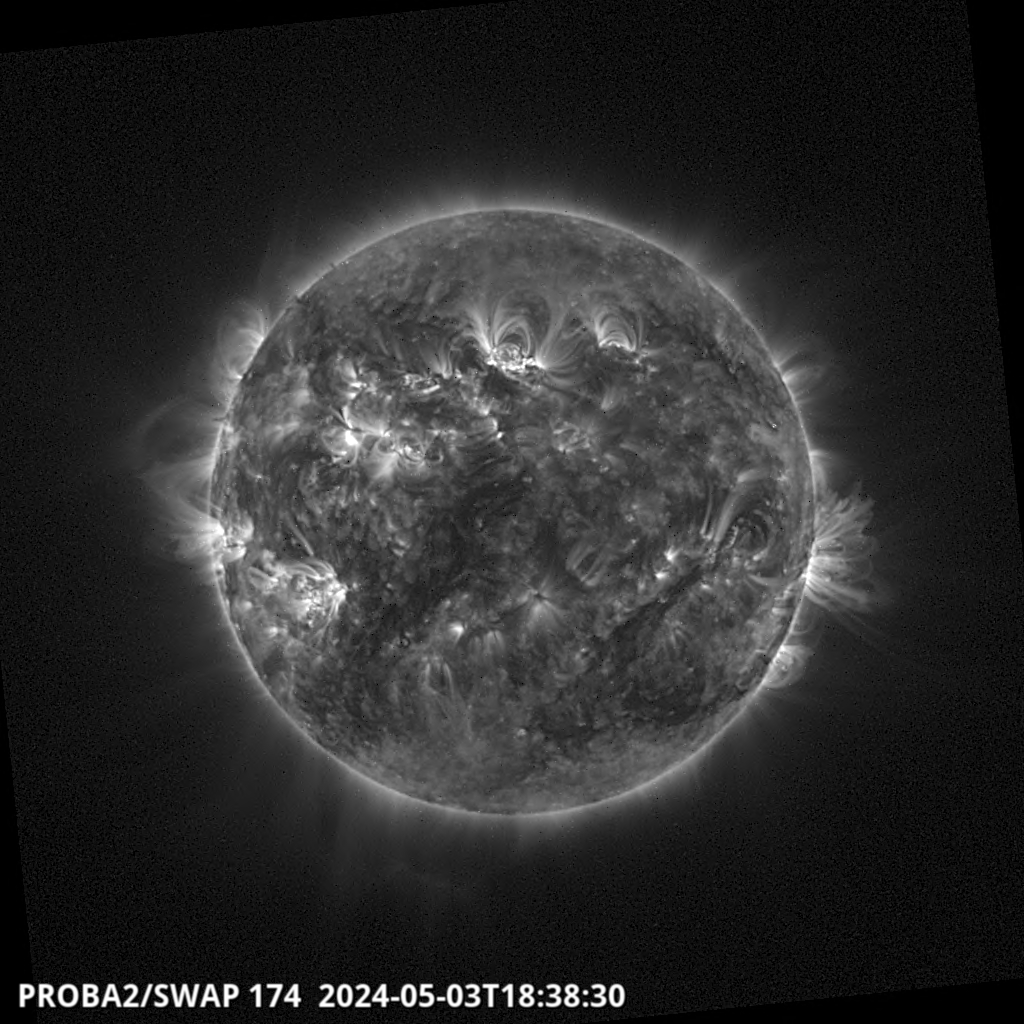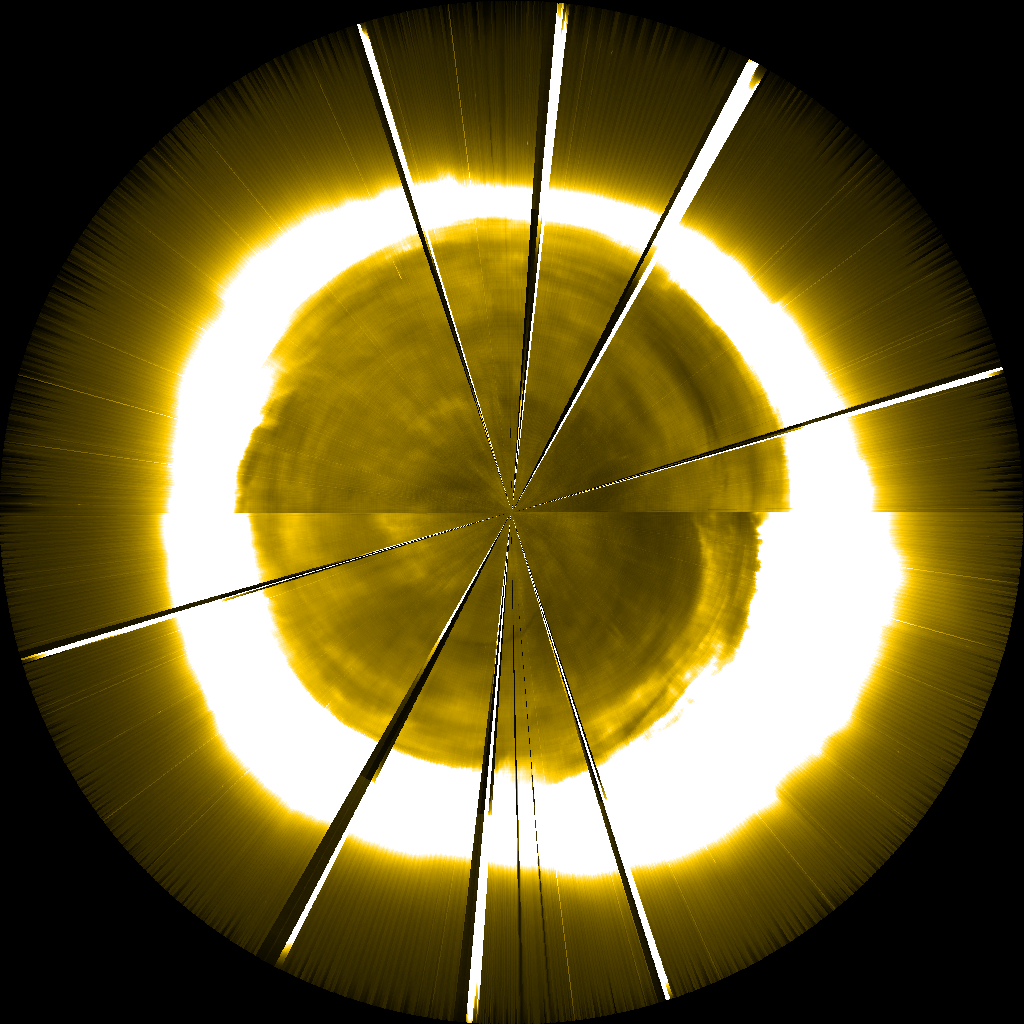Main menu
You are here
O+N₂ Earth atmosphere number densities
The files at /lyra/data/EarthAtmosphere/ contain the neutral O+N2 number density profiles derived from solar occultation measurements. These measurements are acquired by the 0.1-20nm Zr channel of LYRA unit 3, on a daily basis during the occultation season, from beginning of December till end of January, when PROBA2's orbit crosses the Earth's shadow. As the instrument observes the Sun through deeper and deeper layers of the Earth's atmosphere, this crossing results in a progressive attenuation of the measured solar flux. The attenuated signal is used to retrieve the summed O+N2 number density profile at altitudes ranging from 150 to 400km, a region of the atmosphere that has been historically difficult to measure. These data are therefore ideal to help validate atmosphere models or to characterize the thermospheric variability due to space weather events, such as solar flares and coronal mass ejections.
The data product is a text file, structured in five columns: the radial distance from the center of Earth (in km), the summed O+N2 number density (in cm-3), a systematic error (in fractional units) referring to the error made by assuming that the absorption cross-sections of O and N2 are equal and by considering a single scale-height in the reference atmosphere used by the retrieval algorithm, a random error (in fractional units) gathering the uncertainties from solar spectra, solar variability and measurement noise, the longitude of the tangential point along the line-of-sight, and its latitude. Details can be found in https://ui.adsabs.harvard.edu/abs/2017SpWea..15.1649T/abstract.
The data product was developed by Dr. E. Thiemann from the Laboratory for Atmospheric and Space Physics, Boulder, Colorado in the frame of the PROBA2 guest investigator program.
Questions can be addressed to E. Thiemann (thiemann@lasp.colorado.edu) and to the LYRA Principal Investigator M. Dominique (marie.dominique@oma.be).
PROBA2 data products are open to all. However, users should refer to the following paper: https://ui.adsabs.harvard.edu/abs/2017SpWea..15.1649T/abstract and acknowledge the instrument in their papers and presentations according to the terms of use.





